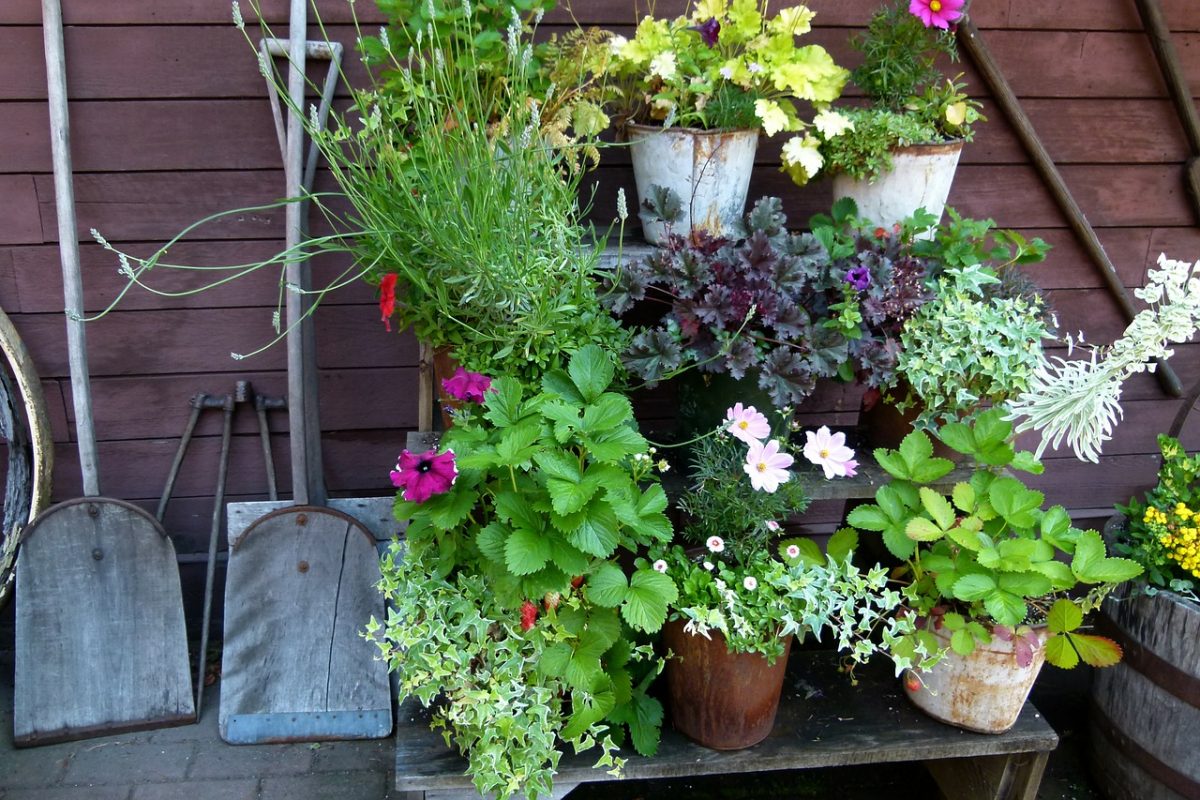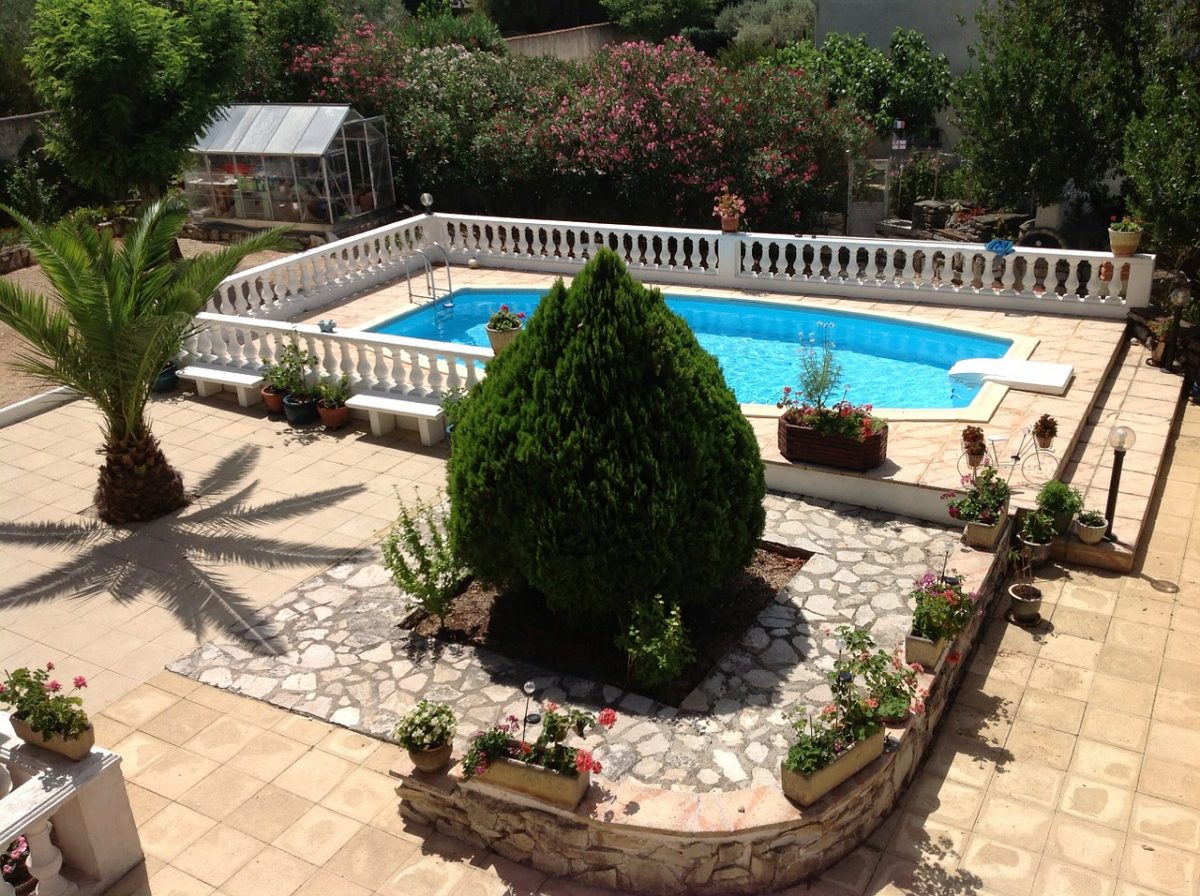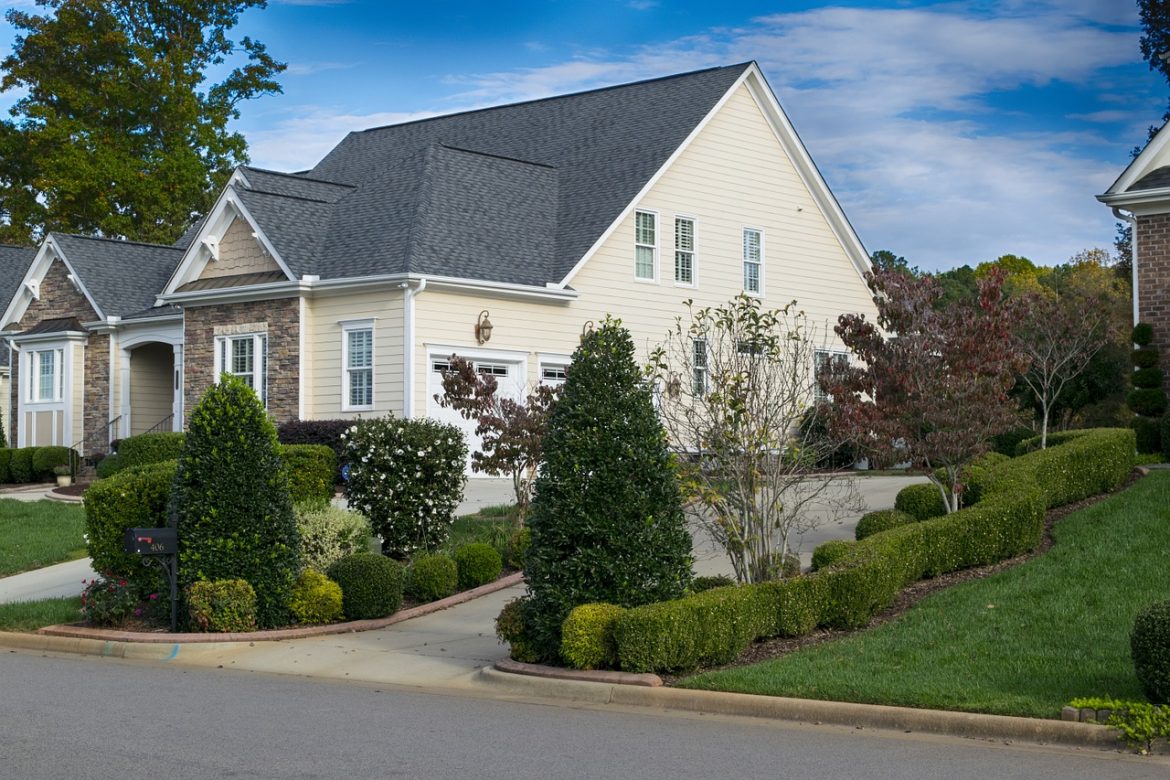There are many ways through which we can add more beauty to our homes. One popular method that remains effective and efficient is landscaping. By paying more attention to landscape design, you can effectively boost the aesthetic appeal of your home. Furthermore, you can even increase the value of your property so long as you make use of proper landscaping.
What Is Landscaping?
Defined simply, it refers to the process of making or maintaining any improvements that have been done to a property. This could be in an aesthetic or practical manner, though it is most often used to increase the property’s curb appeal.
Landscaping isn’t a particularly new practice either. If we’re to look at history, even as far back as the ancient Mayans, humans have been making changes to land and their surrounding. Much like today, they added plants and various other ornamentation to a land’s overall structure. Such efforts were to increase a land’s beauty and usability.
Furthermore, landscaping is also considered an art form, as it deals with the planning and construction of gardens that will help make a property’s outdoor space more suitable for various activities. It isn’t just about infusing the space with more greenery. Any changes done to it could fall under one or all of these categories:
Plants
Ornamental and even edible plants usually become the focal point of landscape design. A landscaper can’t choose plants at random, however. There are many considerations to keep in mind when integrating plants into your landscape design.
Terrain
This includes manipulating the shape of the land through mounding, grading, terracing, and backfilling.
Structures
This includes all of the features constructed on-site. It could be visible elements like fences and raised planters, or it could involve invisible elements like underground drainage systems. All will play integral roles whether they can be seen or not.
Getting Started And What To Consider


While there might be certain restrictions when it comes to the overall design, no strict rules apply when it comes to landscaping. That said, balance is important towards creating harmony between the house and its outdoor space. Without it, you might end up with something that’s both unappealing and detrimental to the value of your home.
So, where do you begin?
If this is your first time dealing with landscaping, it’s best that you speak to a professional about it. Sure, it might be tempting to try it out yourself. There are online tutorials available, but you also have to know how to properly use the different tools and landscaping supplies you’ll be purchasing.
Next, consider the length of your stay in that property. Doing this would give you a better idea when it comes to what you should focus on when designing the landscape. Should you go with a safer design, one that would appeal to most potential buyers when the time comes to put your home up for sale? Or should you cater to your own preferences and go for something that you’ll love for decades on end?
Once you’ve decided, it would help to prepare ahead of meeting your landscaper. Create a shortlist of your preferences, inspiration, and the features you want included in the overall design. Below is a quick summary of the two main elements you should consider when it comes to planning for an outdoor living space.
Hardscape vs. Softscape
Hardscape pertains to all the inanimate elements in your landscape design, such as a patio, wall, or gazebo. On the other hand, softscape, as the name suggests, pertains to everything that grows. A well-designed landscape would incorporate the best of both elements. Too much of either can lead to disharmonious design.
For example, rock landscaping focuses more on the hardscape and has features such as paved pathways, retaining walls, and statuary decor. This isn’t the most appealing design for most homes, however, as it tends to give off a very cold and intimidating feeling. You would want a design that feels cozy and not have your property look like a rock quarry.
The same goes for evergreen landscaping that utilizes too much softscape. Whilst the idea of having lush greenery and flowers in your property might conjure up images of fairytales, too much of it can appear unkempt and messy. Think back to abandoned homes that are slowly being covered in weeds and vines. Without any stone walkways or divisions to keep everything tidy, you can effectively lower the value on your home because of it.
Common Hardscape Characteristics:
- It is solid and unchanging.
- Hardscape can be something that’s natural such as stone, or be manmade such as raised planting beds and gazebos.
- It is often practical in use; such is the case with paving that’s meant to increase water runoff. The same goes for walkways and plant borders that help with sectioning off areas in your property, creating a neater look.
- Water features such as fountains and small ponds also fall under the hardscape category.
Common Softscape Characteristics:
- These are the horticultural components of landscaping.
- These are adaptable and would constantly change according to the environment they are in.
- That said, these also require a degree of care in order for them to maintain their appearance. If you’re not keen on spending too much time on them, look for ornamentals that are easy to care for or consider using less softscape in the design.
Can Landscaping Help Increase The Value Of Your Home?
Whether you’re planning on selling your home at a later time or not, most people do put a certain emphasis on increasing the value of their property. As we’ve established, landscaping can help you achieve this without having to shell out too much money.
To put things into perspective: an average landscape project can boost the value of your property by 7 to 15 percent. That means, if your home is valued somewhere in the $300,000 to $350,000 price range, landscaping can add around $40,000+ to its value.
Quite a lot of money, right? For that matter, investing in the project should be given plenty of thought and not done out of impulse. After all, bad design can make your property value go down as well.
How much does landscaping cost? The current pricing ranges from $1,500 to $5,000 for the average-sized backyard. This doesn’t include building larger structures such as patios. The price can reach $15,000 if you’re looking to really overhaul the space.
Common Landscaping Mistakes To Avoid
- Not setting a proper budget.
- Placing shrubs and trees too close to the main house or other structures in the property, including decks, pools, and patios.
- Not paying attention to areas of the house that are erosion-prone.
- Not giving the front yard the same attention. Curb appeal is just as important, after all.
- Lacking harmony when it comes to landscape design. For this, you will have to speak with a good landscape designer and plan out the layout accordingly as well. It needs to be in harmony with how your home looks, too.
- Not having proper irrigation.
- Focusing more on aesthetics and not incorporating functionality.
- Not doing proper research when it comes to plants. This includes knowing what perennials and annuals are, as well as how big they can get.
- Not putting enough thought into the upkeep. Your landscaping should never be bigger than your budget and energy to maintain it.
Keep these common mistakes in mind and you can make the best of your investments towards beautifying your surroundings. With that covered, let’s talk design ideas.
Landscaping Garden Ideas For Small Spaces


Even if you don’t have much yard space, there’s still plenty you can do without it becoming too crowded. It’s all about balance. Here’s what you should consider:
Vertical Gardens
Want more space for flowers and other plants? This is the most efficient solution for small spaces. Vertical gardens can easily hold herbs and other smaller varieties of plants.
Utilize Raised Beds
Want more areas to plant in, but don’t want to sacrifice pathways? Raised beds provide the perfect solution. Landscaping materials for these are easy to find and build if you have some experience. You can even put them together to save on labor costs!
Opt For Dwarf And Columnar Plants
These can be planted alongside each other, creating lush greenery even in small areas. There’s plenty of varieties to choose from as well, from flowering plants to even veggies and fruit trees!
Furnish Accordingly
It might be tempting to include patio chairs and a table to your design, but make sure they don’t hinder movement in the space. A good alternative would be to build seating areas into the landscape design itself, with the use of natural stones, wood, or cement.
Edible Landscaping Ideas


Do you often feel a little insecure about food safety? Or perhaps, you’re simply looking for a way to make your land more productive? Regardless of the reason, edible landscaping is currently one of the biggest trends and it’s one that comes with plenty of benefits. Here are a few ideas to get you started.
Utilize your front and backyard landscaping. An edible garden need not be lacking in curb appeal. There are many colorful edible plants that can be grown easily. You can try:
- Kale (There’s an ornamental variety that is also edible!)
- Swiss Chard
- Salad Greens
- Herbs such as chives, sage, rosemary, and thyme
- Fruit trees (citruses are both colorful and easy to grow)
- Edible flowers such as daisies, lavender, dandelions, honeysuckle, violets, hibiscus, and sunflowers
- Flowers that can be used for teas such as chamomile, jasmine, chrysanthemum, and roses
Additionally, landscape design principles you should keep in mind include:
Simplicity: The simpler your foundation, the easier it will be to create balance.
Lines: This could be in the form of a walkway or garden edge. Rock borders are also a good example.
Harmony: Grouping your plants according to type creates unity when it comes to texture and colors. You can interplant compatible florals in between edible greens as well.
Focal Point: For this, trees work best. Whilst specimen trees can be very beautiful, fruit trees serve the same purpose with an added benefit.
You can also consider trellises, which can be both functional and aesthetically pleasing. If you have vining vegetables, maximize their potential by using arched trellises along the pathways. These will add a touch of romance to any landscape design.
Pool Landscaping Ideas


The pool area in any home shouldn’t look like a mere hole in the ground. You can instantly beautify this space with just a few creative landscaping ideas. Here’s what you need to keep in mind.
Choose Low-maintenance Plants
Since pool areas tend to be rocky and get plenty of direct sunlight, choose ornamentals that can handle this particular environment. You can try:
- Succulents
- Yucca, aloe, and agave
- Cycads and small palms
- Areca Palm
Mix And Match Styles
Create a cozy little corner for you and your family by adding cabanas and lounge chairs if the space permits it. You can also opt for a more rustic look by using stone seats and adding a fire-pit if the area meets the necessary requirements for it.
Make Use Of Hedges
Hedges are great for landscaping around pools. Not only do these add an elegant touch, hedges also offer extra privacy to the area.
Inspired By Nature
If you’re still in the process of designing the pool area itself, consider going for a more “ecological” approach. Create a natural lagoon-like feel by surrounding the pool with flowering groundcover, various aquatic vegetation, and natural rocks. If done properly, this can effectively bring more of the outdoors into your home.
Zen Garden
Not a big fan of maximalism? Then an Asian-inspired style might be more your style. This features simple concrete paving, clean lines, and a curated selection of shrubs and plants usually planted in neat beds. You can opt for bamboo as an alternative to hedges if you want more privacy. For this particular landscape design, natural rocks become the focal point. Colors are also more muted.
Remember, the above are only ideas for your home landscaping. You can tweak them according to your preferences or create something uniquely yours with the help of a professional landscape designer. Be as creative and imaginative as you want! That’s what makes the process fun, after all.

